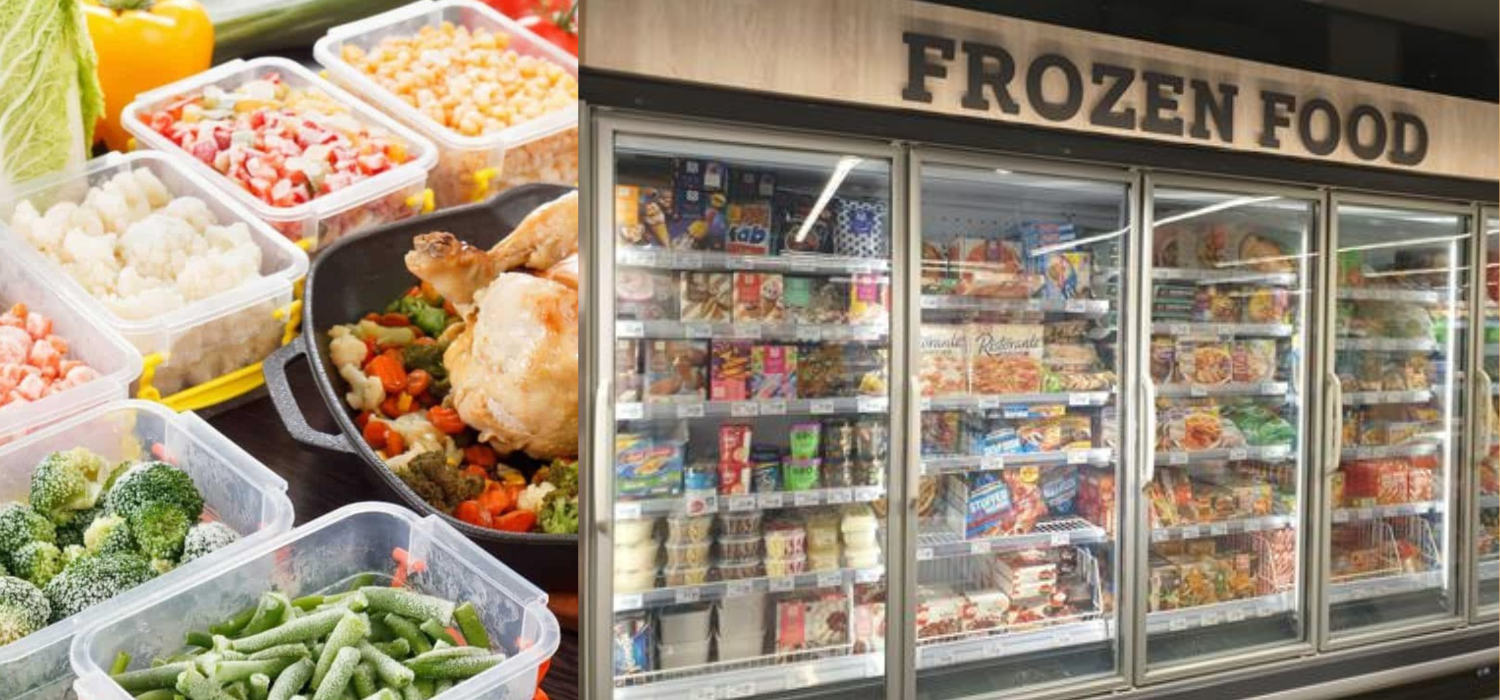
Pros and Cons of Frozen Items What You Need to Know
Convenience
*Pros*: One of the biggest advantages of frozen items is their convenience. They can be stored for long periods and prepared quickly, making them ideal for busy individuals or families.
*Cons*: Some frozen items may contain added preservatives or sodium to enhance flavor and prolong shelf life, which can be unhealthy if consumed in large quantities.
Nutritional Value
*Pros*: Frozen fruits and vegetables are often picked at peak ripeness and flash-frozen, which can help retain their nutritional value. They can be a convenient way to incorporate more fruits and vegetables into your diet.
*Cons*: Some frozen items, especially processed foods like frozen meals or pizzas, may be high in calories, fat, and sodium, which can be detrimental to your health if consumed regularly.
Cost-Effectiveness
*Pros*: Frozen items can be more cost-effective than fresh produce, especially if you buy in bulk or during sales. This can help you save money on groceries.
*Cons*: While some frozen items are budget-friendly, others, especially specialty or organic items, can be more expensive than their fresh counterparts.
Storage
*Pros*: Frozen items can be stored for long periods without spoiling, which can help reduce food waste.
*Cons*: Freezer space can be limited, especially if you have a small freezer or share it with others. It's important to manage your freezer space efficiently to avoid overcrowding.
Taste and Texture
*Pros*: Some people prefer the taste and texture of certain frozen items, such as frozen berries in smoothies or frozen peas in soups.
*Cons*: Frozen items may not always have the same taste and texture as fresh items. Some fruits and vegetables can become mushy or lose their crispness when frozen and thawed.
Conclusion
While frozen items offer convenience and can be a cost-effective way to incorporate fruits, vegetables, and other foods into your diet, it's important to consider their nutritional value and potential drawbacks. By understanding the pros and cons of frozen items, you can make informed decisions about when and how to include them in your meals.